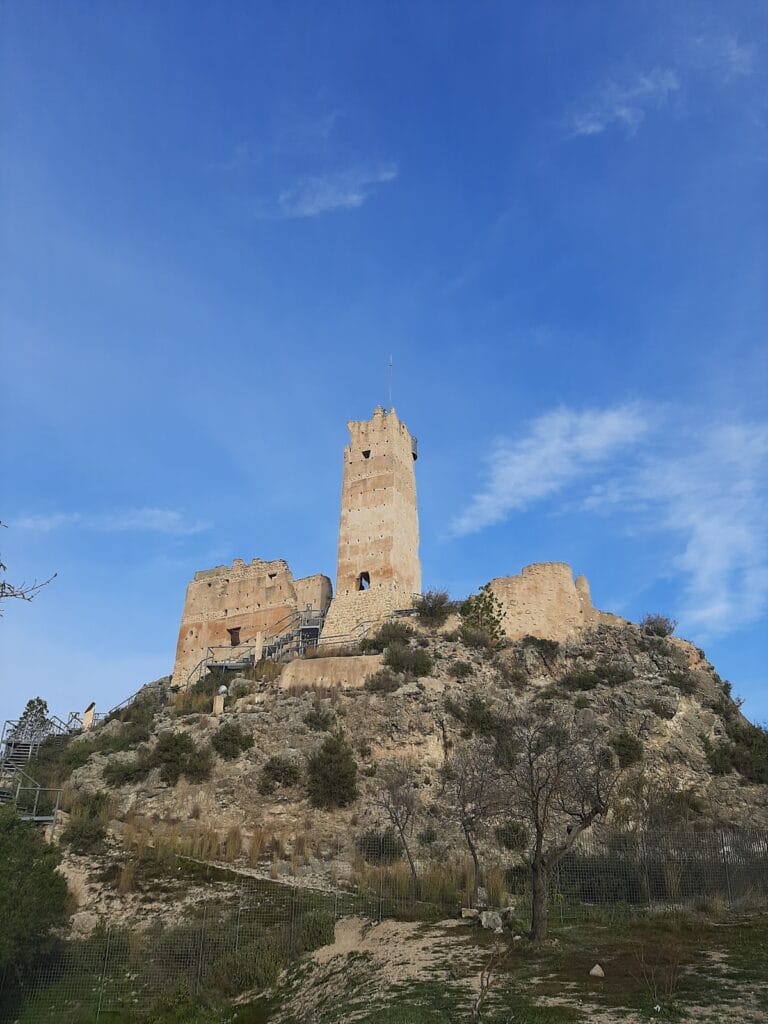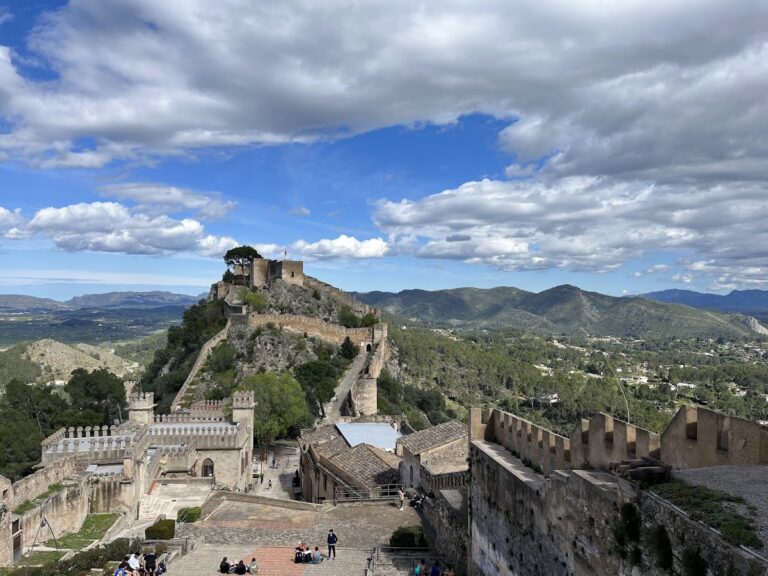Castell de Forna: A Medieval Castle in Forna, Spain
Visitor Information
Google Rating: 4.1
Popularity: Low
Google Maps: View on Google Maps
Official Website: www.pegoilesvalls.es
Country: Spain
Civilization: Medieval European
Remains: Military
History
Castell de Forna is situated in the municipality of Forna, Spain. Its origins trace back to the late 12th century when the northeast tower was built during the period of Almohad rule, reflecting the influence of Muslim civilization in the region.
Initially, the castle was under the control of the Arab leader Al-Azraq, a prominent figure during the time of Muslim presence in the Iberian Peninsula. In 1258, King Jaume I of Aragon defeated the Muslim forces and took possession of the fortress, subsequently granting it to Arnau de Romaní. This transition marked the castle’s integration into the Christian Kingdom of Valencia.
In the 15th century, the castle underwent significant reconstruction aimed at adapting it for feudal residency. During this period, the Cruïlles family took ownership and transformed the structure, emphasizing its role more as a noble residence than purely a military fortification. Later, in the 17th century, ownership transferred to the Júlia Figuerola family.
Recognized for its historical and architectural value, Castell de Forna was declared a Cultural Interest Asset with Monument status in 1949. After years of preservation efforts, the castle underwent restoration in 2003. It remains one of the best-preserved medieval castles in the Alicante area, retaining much of its original height and form.
Remains
The castle is built on a roughly square plan featuring four rectangular towers at each corner, enclosing a central courtyard. This courtyard contains a large cistern, which was likely used to collect and store rainwater, essential for sustaining the fortress during sieges or dry periods. The construction technique combines rammed earth—known locally as tapial—layered over masonry, a method that provided both strength and insulation. Brick frames outline the few window and door openings, designed with pointed arches consistent with its defensive purpose.
The main entrance is located on the north side, positioned between two towers. Access is granted through a pointed arch, characteristic of the Gothic architectural style prevalent in this region during the late medieval period. The castle’s interior is organized over two floors arranged around the courtyard. The ground floor accommodated functional spaces such as stables, kitchen, dining room, and a large hall with multiple windows facing inward toward the courtyard. The upper floor contained living quarters, providing privacy and protection.
Of particular note is the northeast tower, which is larger and semi-independent from the rest of the structure. It contains a vaulted hall topped with a ribbed vault, an architectural feature where stone ribs support the ceiling, forming a decorative and structurally sound framework. The walls here blend rammed earth with masonry and feature an exterior finish designed to imitate cut stone blocks, known as faux ashlar, adding an element of aesthetic refinement.
The north tower is distinguished by its exceptional mural paintings from the late medieval and Renaissance periods. These wall paintings depict vibrant scenes including ships sailing, warriors wearing armor from the era, sea serpents, and zoomorphic (animal-shaped) figures, offering a rare glimpse into the symbolic and artistic expressions of the time.
Overall, Castell de Forna showcases characteristics of Valencian Gothic architecture, comparable with other castles in the region such as those in Albalat dels Sorells, Bétera, and Alaquàs. The exterior walls feature few openings, all fashioned with pointed arches to enhance defense, and the castle has retained much of its original appearance without significant alterations. This preservation allows the structure to stand today as a well-maintained example of medieval military and residential architecture.










